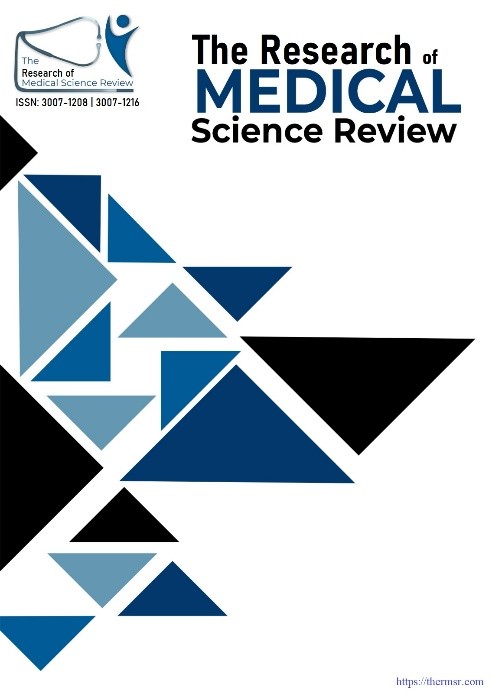SONOGRAPHIC ASSESSMENT OF NORMAL TESTICULAR VOLUME IN PAKISTANI POPULATION
Main Article Content
Abstract
Objectives: The study aimed to determine the mean testicular volume in healthy adult males in the Pakistani population using ultrasonography and to evaluate its relationship with age and body mass index (BMI).
Study Settings: The study was conducted in the Department of Radiology at Shifa International Hospital, Islamabad.
Duration of Study: 6 months following ethical approval (May 2024 to Nov 2024).
Data Collection: This descriptive cross-sectional study included 300 male participants aged 15 to 40 years, selected using a non-probability consecutive sampling technique. Testicular dimensions (length, width, and height) were measured via ultrasound, and volume was calculated using the Lambert formula (L × W × H × 0.71). Participants with testicular abnormalities or conditions affecting testicular growth were excluded.
Results: The mean testicular volume was 13.98 cm³ (SD ±1.18) for the right testis and 14.04 cm³ (SD ±1.21) for the left testis, with no statistically significant difference between them (p = 0.543). Testicular volume exhibited a weak positive correlation with BMI but was not significantly influenced by age. Across different BMI and age groups, there were no significant variations in testicular dimensions.
Conclusion: The findings establish normative reference values for testicular volume in adult males of the Pakistani population. Ultrasonography remains the gold standard for accurate and reproducible testicular volume measurement. These results will aid in assessing testicular health in clinical settings and reproductive medicine.
Downloads
Article Details
Section

This work is licensed under a Creative Commons Attribution-NonCommercial-NoDerivatives 4.0 International License.
